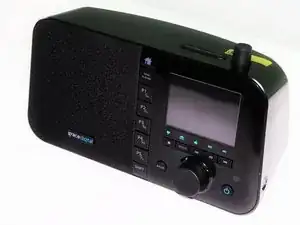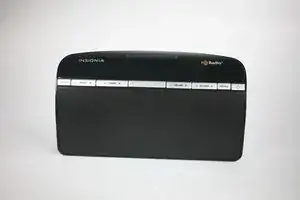General
HD Radio is a digital technology that enhances traditional AM and FM radio broadcasts with improved sound quality and additional features. Unlike conventional analog radio, which transmits in a continuous wave, HD Radio broadcasts a digital signal alongside the analog signal. This allows for clearer sound without the hisses, pops, and static associated with analog broadcasts, making it comparable to CD quality.
In addition to better sound, HD Radio offers additional channels known as HD2 and HD3 channels. These extra channels provide listeners with more content options, including niche music genres, talk shows, and other programming that may not be available on traditional stations.
One of the key benefits of HD Radio is its ability to display song titles, artist names, and other relevant information on compatible receivers. This metadata is transmitted along with the digital signal, enhancing the listening experience by providing listeners with real-time information about the music being played.
To enjoy HD Radio, listeners need a compatible receiver. Many new car stereo systems and home audio receivers come with built-in HD Radio capability. Alternatively, standalone HD Radio tuners are available for those who want to upgrade existing equipment.
HD Radio, despite its benefits, sees limited adoption outside of North America primarily due to differences in radio spectrum allocation. In North America, FM broadcast channels are relatively sparse, allowing for the implementation of HD Radio alongside existing analog signals without significant interference.
Conversely, in Europe and many other regions, FM broadcast channels are more densely allocated. This tighter spacing makes it challenging to introduce HD Radio without causing interference between neighboring stations. As a result, the adoption of HD Radio technology has been limited in these areas, as the infrastructure and regulatory framework necessary to support it are less conducive compared to North America.


